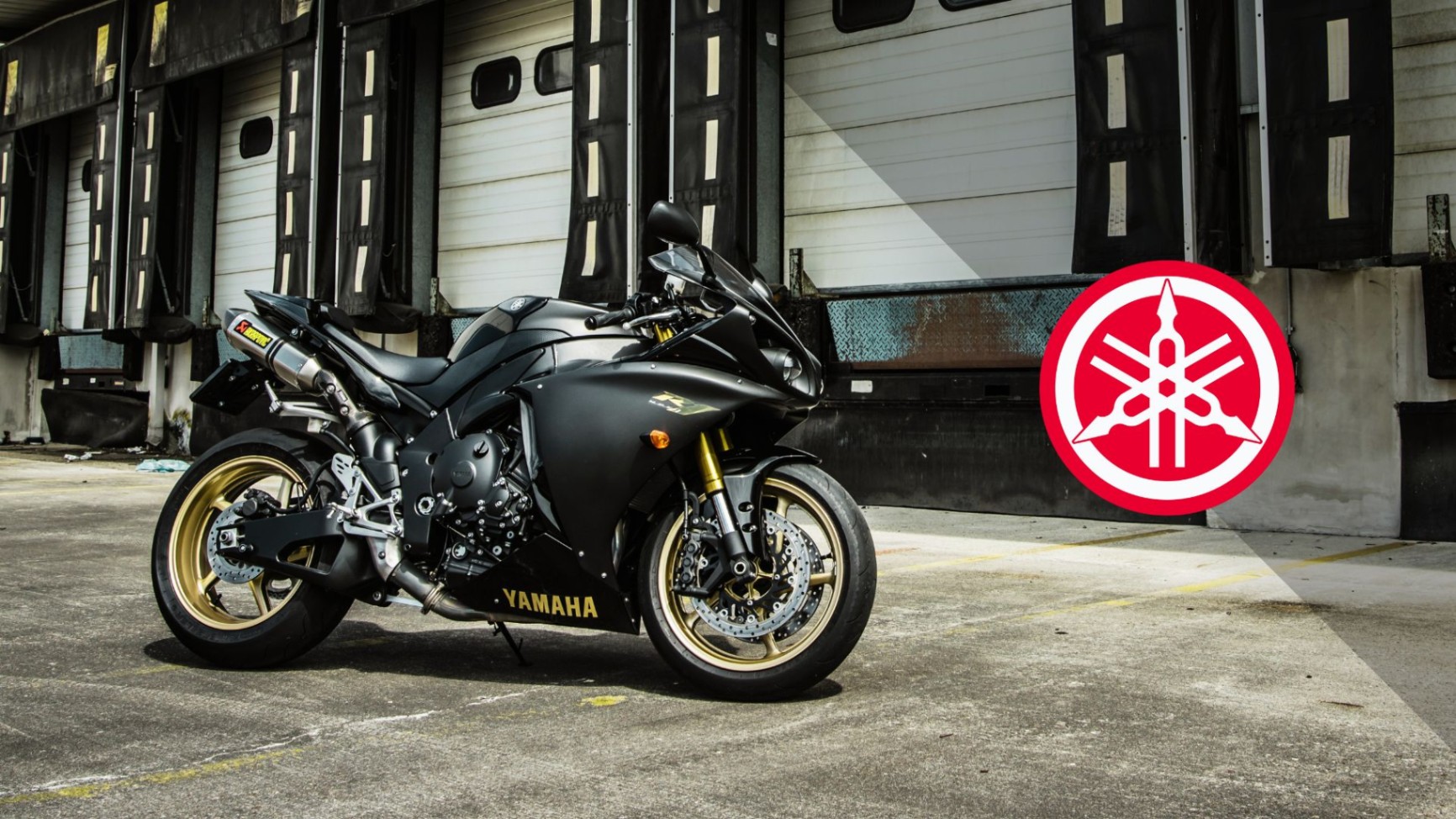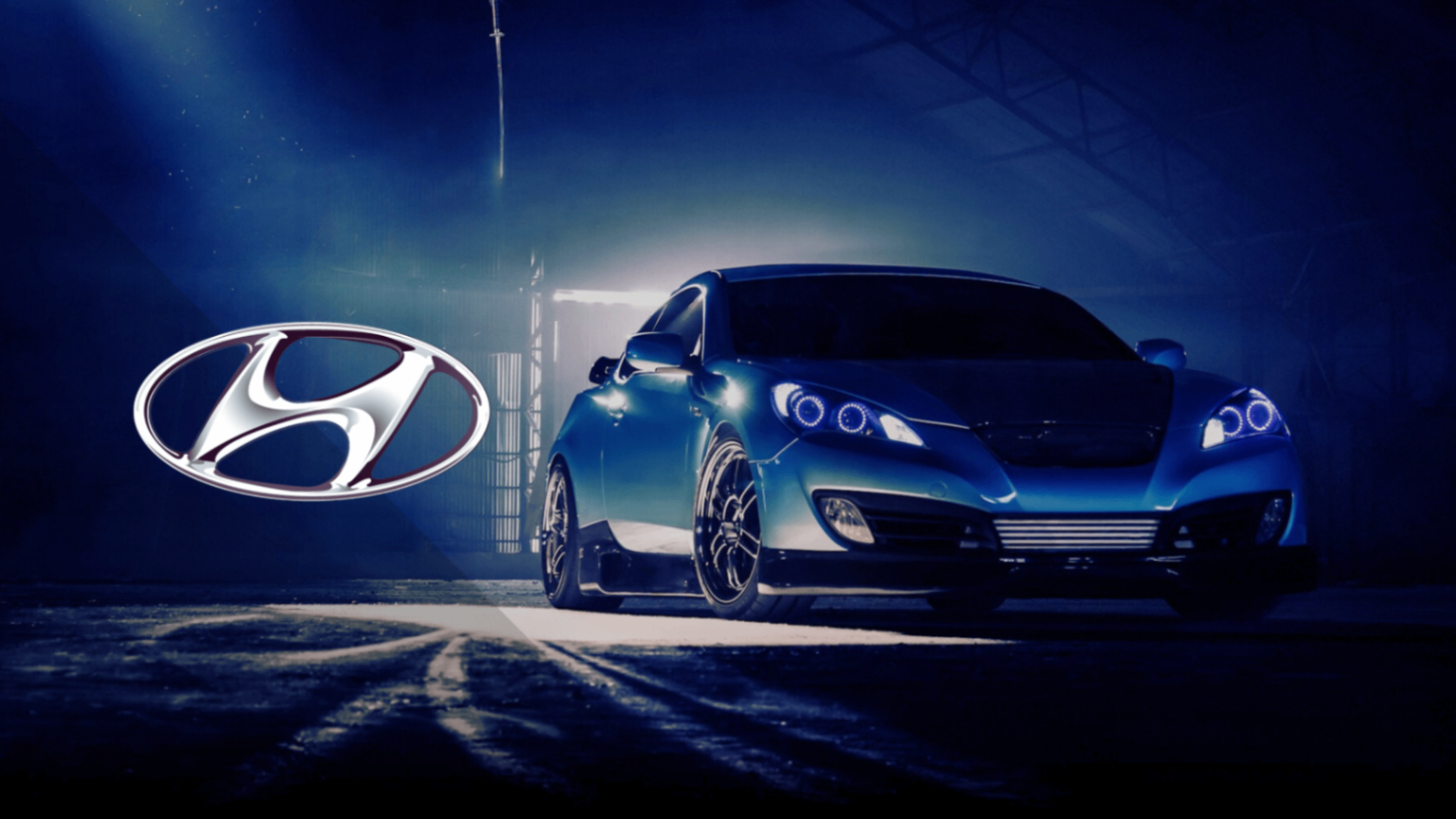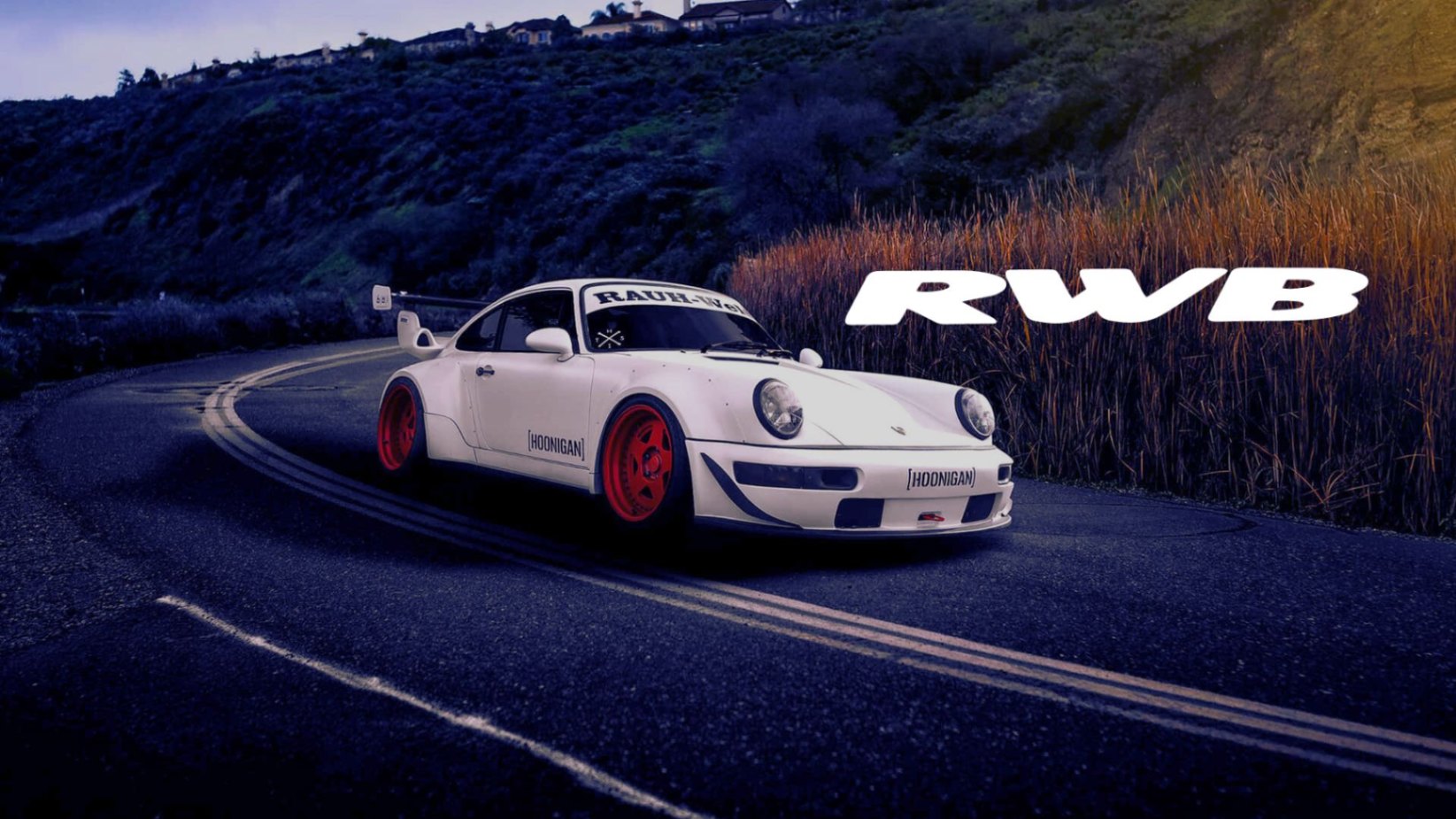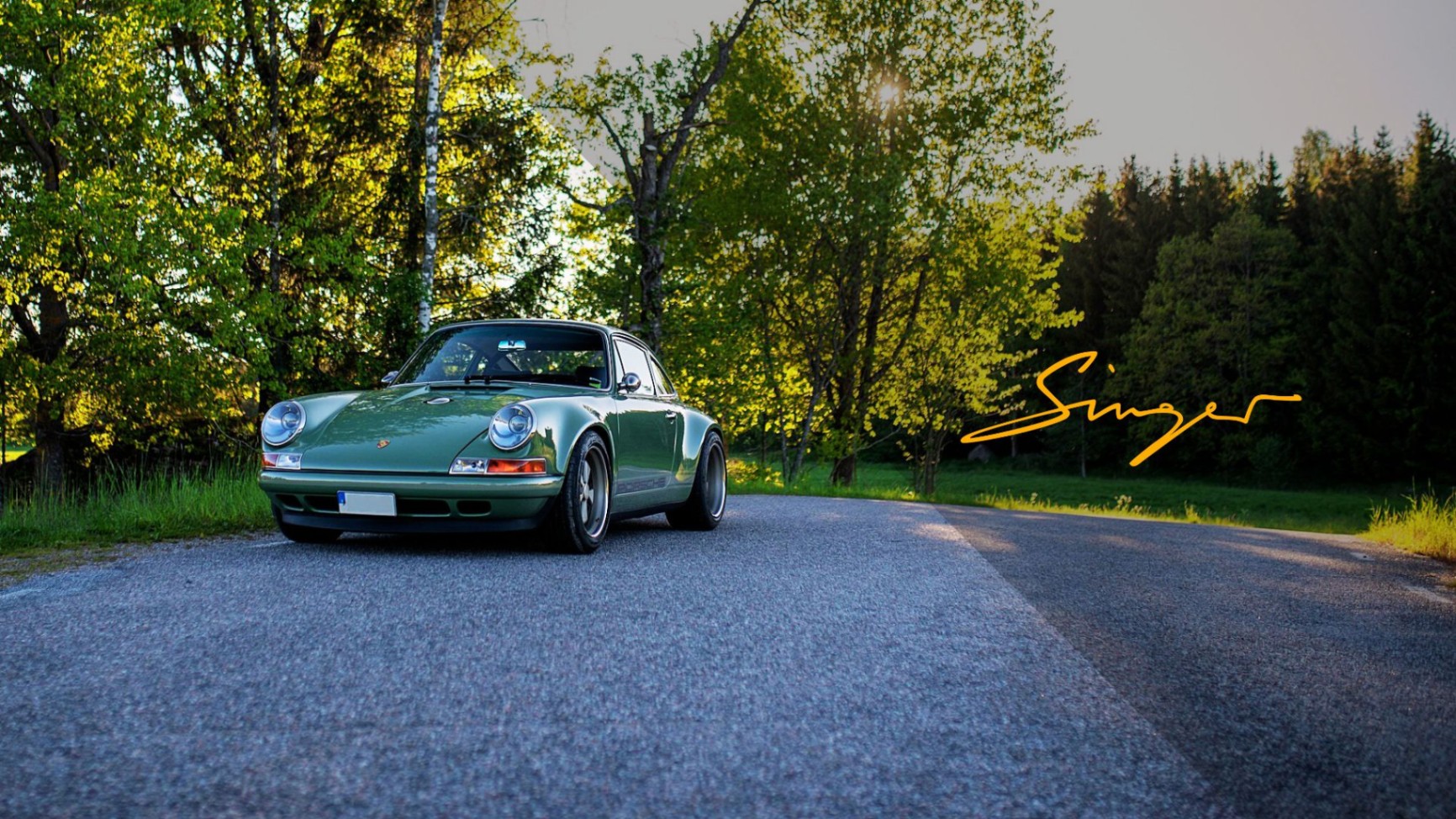
In this blog, we'll uncover the secrets behind Yamaha’s success. Discover how a company that started making musical instruments became a motorcycle giant, conquering racetracks and streets worldwide. Join us on this epic journey and find out how Yamaha became a roaring legend.
The Beginnings
Torakusu Yamaha was born in 1851 into a samurai family in Wakayama Prefecture, Japan. His childhood was marked by the turbulent Meiji era, a period of significant political and social change in the country. Despite his noble origins, Torakusu showed a deep fascination with Western science and technology from a young age.
By the age of 10, he was already helping his parents with household chores and tasks in the family workshop. His father, a skilled craftsman, taught him the values of hard work and precision, skills that would prove essential in his future.
At 20, he decided to seek new opportunities in Nagasaki, a port city with thriving trade with the West. There, he found work as an apprentice in the workshop of a Dutch clockmaker named Charles de Boers. Despite his limited experience, Torakusu demonstrated a remarkable aptitude for repairing and maintaining clocks. Within only two years, he had become an expert in the craft, earning the admiration of his master and colleagues.
He then traveled to Osaka, where he found work in a hospital. Despite his lack of formal training in the medical field, his manual dexterity and ability to learn quickly made him a valuable member of the team. He worked long hours in the hospital's storeroom, surrounded by medical equipment and supplies. He even went so far as to sleep in the storerooms.
In 1886, at the age of 35, Torakusu made a crucial decision: to move to Hamamatsu and dedicate himself to repairing medical equipment. However, the reality in Hamamatsu was different from what Torakusu had imagined. The city lacked the infrastructure and demand for his trade.
Faced with these challenges, Torakusu did not give up. Using his skills and experience in various fields, he decided to diversify his activities to make a living. He began working as a repairman for clocks, medical equipment, and even became a rickshaw driver, a popular mode of transportation at the time.
In 1887, an unexpected stroke of luck came Torakusu's way. The Jinjo Elementary School in Hamamatsu had a problem: their reed organ was broken, and no one in the city seemed capable of repairing it. Desperate for a solution, the school administrators turned to Torakusu, known for his ability to fix all kinds of machinery.
Despite having no prior experience with organs, Torakusu accepted the challenge. He spent long hours studying its operation, disassembling and examining each part with meticulous care. In just two weeks, to everyone's surprise, he managed to repair the instrument successfully.
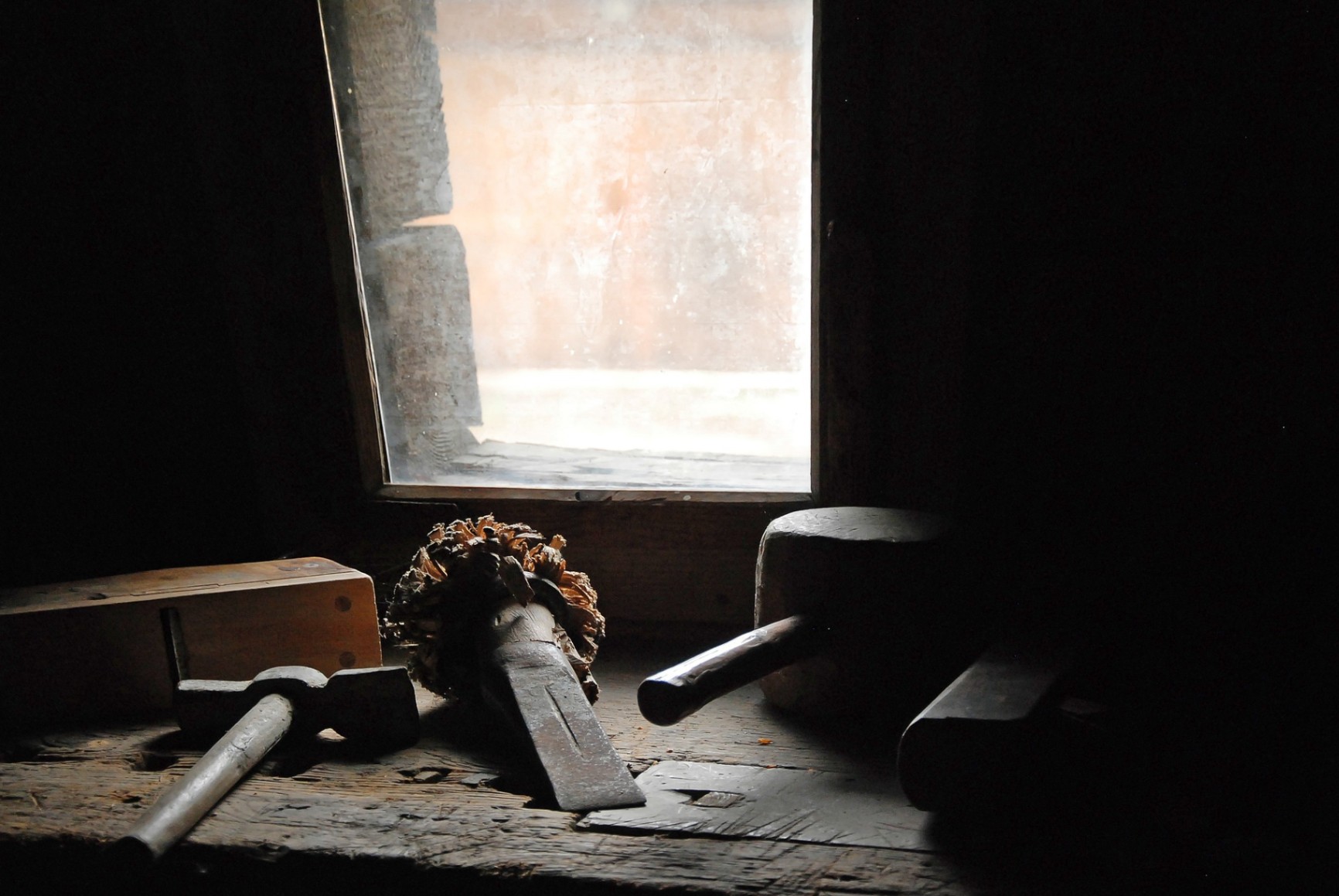
His First Organ
Some time later, Torakusu completed the construction of his first reed organ. With great enthusiasm and confidence in his creation, he decided to take his instrument to Tokyo to present it to experts in the field and receive their evaluation.
Torakusu’s journey to Tokyo was long and arduous. He traveled more than 250 kilometers on foot, carrying his heavy organ on his back. Upon arriving in Tokyo, Torakusu proudly presented his organ to a group of musicians and experts. However, to his disappointment, the critiques were not what he had hoped for. The experts pointed out some flaws in the instrument, suggesting that it did not meet the quality standards of the time.
Determined to improve his creation, he made an unexpected decision: to study music theory at the University of Tokyo. Despite having no formal academic training, Torakusu knew that delving into the fundamentals of music would allow him to better understand the needs of musicians and create instruments that truly met their expectations.
Motivated by the constructive criticism received for his first reed organ and enriched by his academic experience, he dedicated himself body and soul to the construction of a new instrument. With great anticipation, he presented himself again before a group of experts and musicians in Tokyo. This time, the reviews were completely different. The experts were amazed by the quality of the sound, the precision of the mechanics, and the beauty of the design. They praised Torakusu’s work, comparing it to the best instruments manufactured abroad.
The success of Torakusu’s second organ not only brought him recognition but also opened doors to new opportunities. Shortly thereafter, he received an unexpected order: the construction of seven reed organs for different institutions in Japan. This order was a great challenge in an underdeveloped industrial context like that of the time. However, Torakusu was not intimidated. He set to work to fulfill the order in the shortest possible time.
The manufacture of these seven organs was a turning point in Torakusu’s career. It allowed him to demonstrate his ability to produce high-quality instruments in series, something that was uncommon at the time. Additionally, the fact that one of the organs was destined for the governor of Shizuoka gave him great prestige and recognition at the local level.
Nippon Gakki Company
In 1887, at the age of 36, Torakusu founded the Nippon Gakki Company. From its inception, the company was dedicated to the manufacture of high-quality organs and pianos, using innovative techniques and top-of-the-line materials.
Torakusu’s company received an important contract from the Japanese government. The task was to verify the condition of musical instruments in schools throughout the country and, if necessary, repair or replace them. Thanks to this contract, Torakusu’s company experienced significant growth. Sales of his organs increased considerably, and his reputation as a manufacturer of quality instruments was further consolidated.
It is estimated that, as a result of this contract, the Nippon Gakki Company sold up to 250 of its organs to schools in Japan. This figure represents a resounding success for the company and demonstrates the confidence that the Japanese government had in the quality of its products.
In Torakusu's company was Koichi Kawai, a young man of only 11 years who joined Torakusu Yamaha's workshop in 1897. For more than two decades, Koichi dedicated his life to working at Yamaha. However, in 1927, he decided to take a new path, founding Kawai Musical Instruments, which to this day is a strong competitor of Yamaha in the sale of instruments.
If you want to know more about Japanese companies, look at: How a Worker Created an Automotive Empire | The History of Toyota
From Organs to Motorcycles
Torakusu Yamaha passed away on August 8, 1916, at the age of 65, leaving behind a solid and well-respected company.
Following the departure of its founder, Nippon Gakki Company embarked on a path of diversification with the goal of becoming the world's largest instrument manufacturer. This strategy, driven by the vision of its new leaders, sought to expand its reach beyond pianos and organs to encompass a wide range of musical instruments.
However, the outbreak of World War II in 1939 marked an unexpected turn in the history of Nippon Gakki Company. The Japanese government, immersed in the war, required domestic companies to redirect their production towards military purposes. In this context, Nippon Gakki Company, under the leadership of Kawakami, was forced to adapt its production to components for aircraft and engines.
Also know: The bombs didn’t stop him | The incredible story of Honda
After World War II and the devastation it left in Japan, Genichi Kawakami saw an opportunity in the machinery and experience acquired during the war. Instead of discarding this machinery, he decided to give it a new use, adapting it to the manufacture of motorcycle engines. This strategic vision would mark the beginning of a new era for the company, giving rise to what we know today as Yamaha Motor.
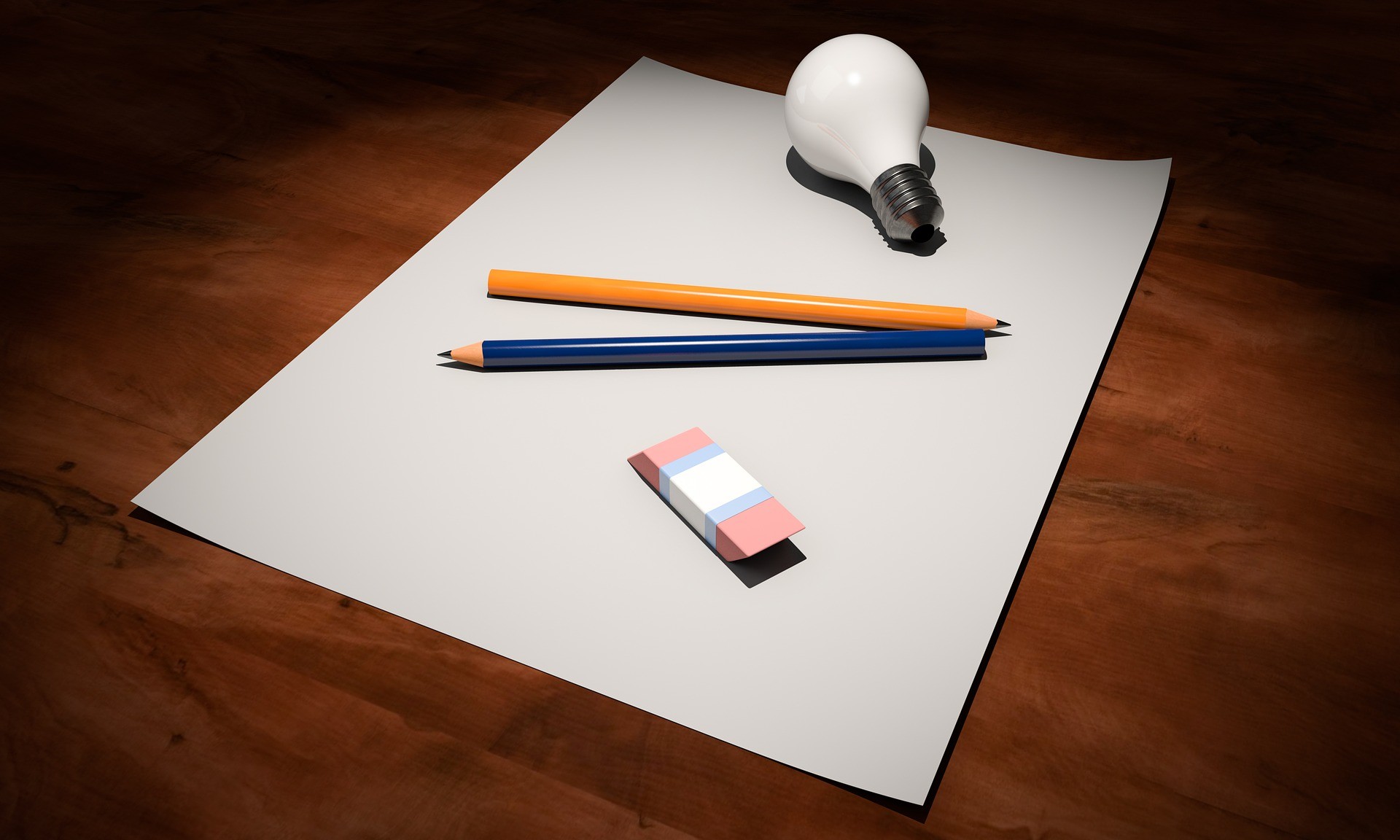
New Beginnings
The first motorcycle, the "Ya-1," was launched in 1955. Although it was a simple model, with a 125cc two-stroke single-cylinder engine, it was a resounding success and marked a turning point for Nippon Gakki Company. Demand for this model exceeded expectations, and the motorcycle division began to grow at an accelerated pace.
In view of this scenario, in 1959 the decision was made to make the motorcycle division independent of Nippon Gakki Company, giving rise to Yamaha Motor Company. This new company, under the leadership of Genichi Kawakami, would have the primary objective of focusing on the design, manufacture, and sale of motorcycles. In the same year of its creation, Yamaha Motor Company achieved a historic milestone by obtaining third place in the Mount Fuji Ascent race.
In 1958, a new roar began to resonate on the streets of the United States. It was the sound of the first Yamaha motorcycle to arrive on North American soil, marking a milestone in the history of the brand and opening the doors to a new market full of opportunities.
In 1968, Yamaha Motor Company entered the world of motocross with the launch of the DT-1 Enduro. This revolutionary motorcycle marked a before and after in the history of motocross, consolidating Yamaha as an undisputed leader throughout the 1970s.
In 1977, Yamaha Motor Company took a crucial step to consolidate its presence in the United States with the creation of Yamaha Motor Company, USA. This new subsidiary, headquartered in Cypress, California, allowed for greater control over its operations in the US market and a better adaptation to the needs and preferences of local consumers.
In 1999, they took a bold step by entering the world of MotoGP with the creation of their own official team, Yamaha Motor Racing. Since its debut, the team has made a strong impact, conquering a total of 8 riders' championships and 7 constructors' championships, leaving an indelible mark on the history of this competition with riders such as Valentino Rossi, Jorge Lorenzo, and Fabio Quartararo.
In 2013, Monster Energy became the official sponsor of the Yamaha Factory Racing MotoGP team. Since then, the Monster brand has been present on the motorcycles, the riders' suits, and all the team's equipment, becoming an iconic element of Yamaha Motor Racing's identity.
Yamaha is a brand that has achieved success in two seemingly disparate worlds: machinery and music. Today, it remains a leading company in the manufacture of musical instruments and motorcycles. The company continues to innovate and create high-quality products that meet the needs of musicians and motorcyclists worldwide.
Yamaha has traveled an extraordinary path from its humble beginnings in a small workshop in Hamamatsu, Japan. For over 125 years, it reminds us that passion, creativity, and the pursuit of excellence are key to achieving our dreams and making a mark on the world.
